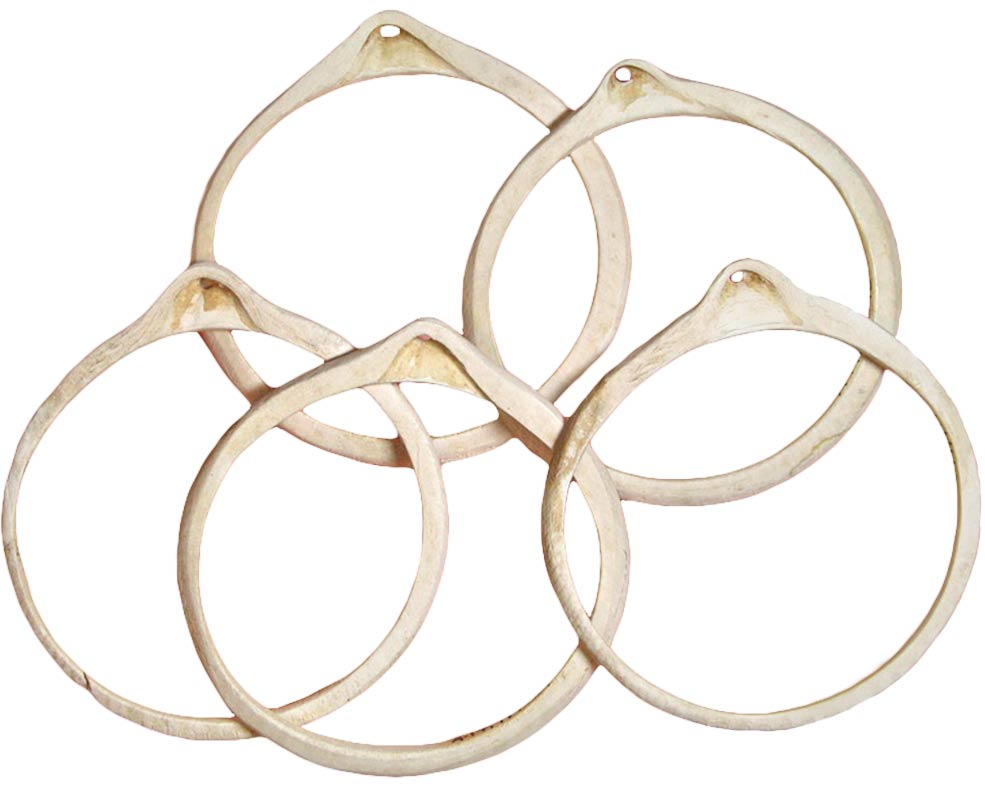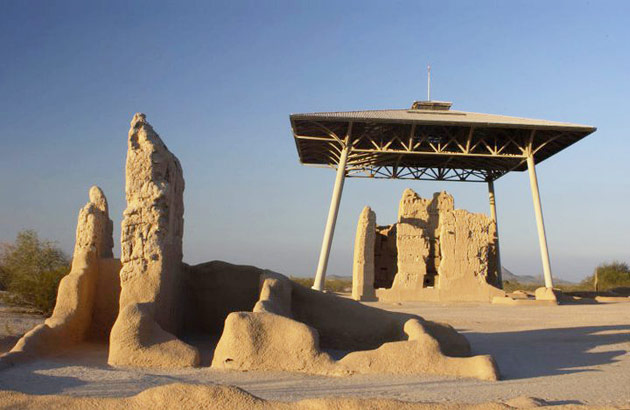
#Hohokam irrigation year registration
Date: Wednesday, April 21, 2021Įvent URL will be sent via registration email. This program is supported by the Arizona State Library, Archives & Public Records, a division of the Secretary of State, with federal funds from the Institute of Museum and Library Services. This event is part of the 2021 Arizona Author Series. Bostwick has published numerous books and articles on archaeology and history and has received awards from the National Park Service, the Arizona Governor’s Office, the State Historic Preservation Office, the Arizona Archaeological Society, and the City of Phoenix. He was the Phoenix City Archaeologist for 21 years at Pueblo Grande Museum and was the Director of Archaeology at the Verde Valley Archaeology Center in Camp Verde for 9 years. He has an MA in Anthropology and a PhD in History from Arizona State University (ASU), and taught classes at both ASU and Northern Arizona University for seven years.
#Hohokam irrigation year professional
Todd Bostwick has been a professional archaeologist for more than 40 years. Illustrations, graphs, and photographs of canals excavated by archaeologists in the Salt River Valley will be shown to help explain the amazing ingenuity and skills of the Hohokam canal builders.ĭr. In addition, ideas will be presented about how the Hohokam organized themselves in order to best manage their complex irrigation systems. Bostwick will talk about the evolution of the canal systems, how they were engineered and maintained, and challenges the Hohokam had to overcome such as floods and droughts. More than a century of research by archaeologists and geomorphologists has revealed that Hohokam farmers built the largest network of canals in the New World, with more than 1000 miles of canals constructed between AD 5. The ancient Hohokam inhabitants of the Salt River Valley constructed an extensive system of irrigation canals that allowed them to live and prosper in the arid desert for a thousand years, a remarkable achievement for a pre-industrial society. After the talk, there will be time for questions from the audience. Attendees are encouraged to register below to receive the link to the presentation. The talk is at 1 p.m., Wednesday, April 21st, and will be held virtually on Cisco WebEx Meetings. Todd Bostwick will present a talk, "Ancient Waterways of Life: Hohokam Irrigation Systems of the Salt River Valley" as part of the State of Arizona Research Library’s 2021 Arizona Author Series. Exploring the Hohokam: prehistoric desert peoples of the American Southwest , Albuquerque, New Mexico: University of New Mexico Press, 1991.Dr. Salt Lake City: University Utah Press, 2006. Environmental change and human adaptation in the ancient American Southwest . That’s over 83,000 football fields This use of science and engineering practices is how the Hohokam people became the largest population in the prehistoric Southwest. School of American Research Press 1st ed., July 1991. By 1300 A.D., the canals irrigated up to 110,000 acres. The Hohokam: Ancient People of the Desert . Aerial photographs of farmlands show widespread traces of distribution systems. The most extensive Hohokam canal ruins are located throughout the Salt River Pima - Maricopa Indian Community. When conditions changed, such as a canal filling with silt, they would abandon it and build a new one adjacent to the old one. In addition their system was a dynamic irrigation system. The Hohokam developed four different types of distribution systems to use depending on the terrain. They were also able to adjust their construction based on the terrain. Their major canals averaged about 8 to 12 miles and were largest at the headwaters and tapered throughout their length so that the velocity was maintained between approximately 1.5 and 3 ft per second throughout the system. Over 700 miles of major canals were constructed by hand over many centuries without the benefit of modern survey instruments, machinery, or wheeled vehicles.

The Hohokam canal system is considered to be the largest pre-historic irrigation system in the New World and the oldest irrigation system in the United States. In the 16's, early Spanish explorers found the modern Pima Indians on the nearby Gila River still using the Hohokam canal system to irrigate their crops.

Sometime around 1450, the Hohokam left the area. The period between AD 1100 and AD 1450 is considered by archeologists to be the Hohokam's classic period. Several new canals were constructed between AD 900 and AD 1100. The largest system included a trapezoidal section 13 ft wide x 12 ft deep.


Between AD 600 and AD 700, several major canal systems were constructed. The canals were constructed over several hundreds of years. The prehistoric Hohokam constructed one of the largest and most sophisticated irrigation networks ever created using pre-industrial technology. Developed by the Hohokam, a prehistoric group of Native Americans, the canal system in the Salt River Valley serviced more than 100,000 acres of mostly arid desert country in what is now southern Arizona.


 0 kommentar(er)
0 kommentar(er)
